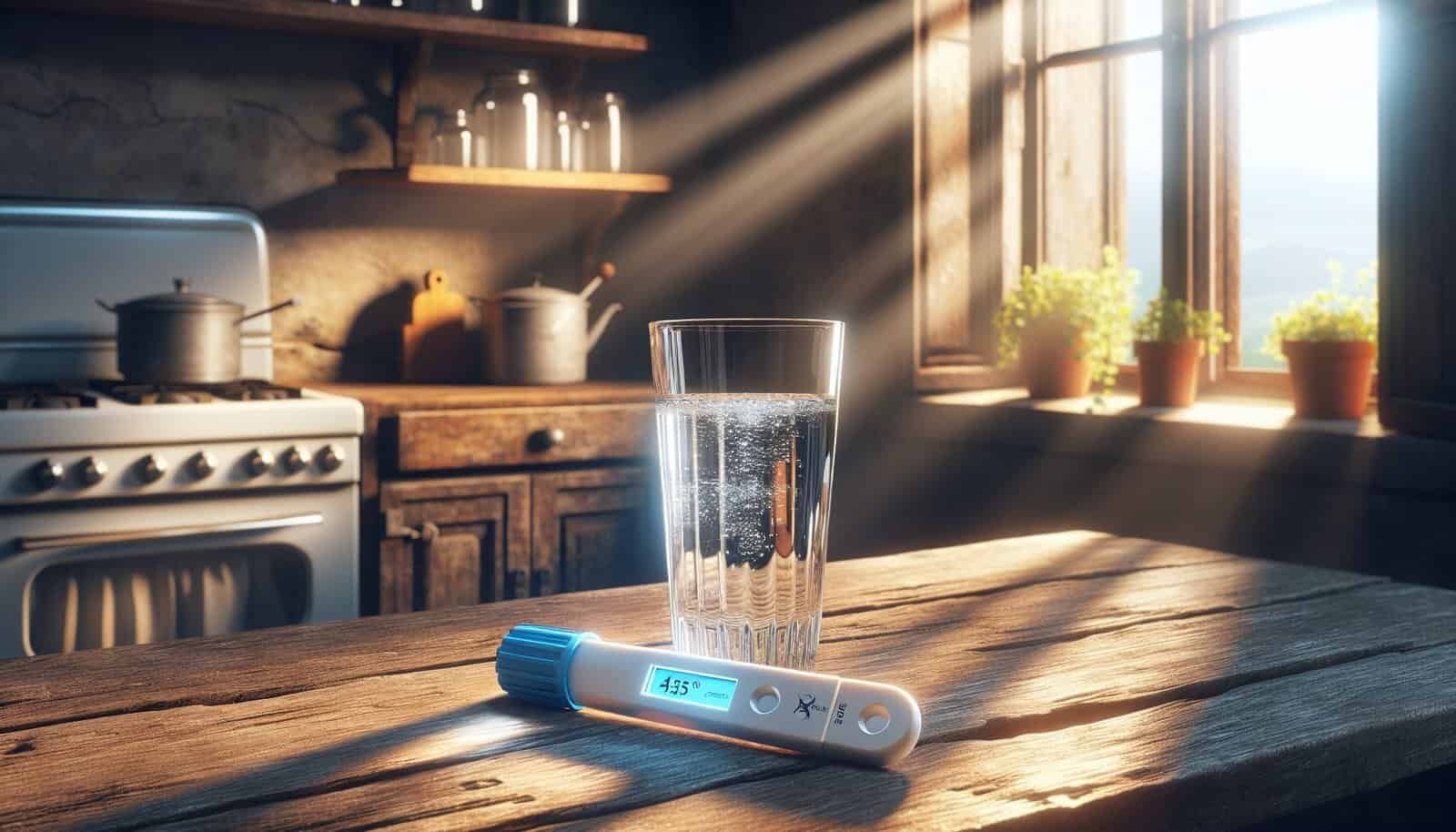Have you ever wondered about the quality of the water you drink, especially if it comes from a private well? Ensuring your well water is safe from contaminants like arsenic is crucial for the health and well-being of your household. This journey to clean, safe drinking water involves understanding what resources are available for testing well water for arsenic and ensuring you’re equipped with the right information to keep your water safe.

Understanding Arsenic in Well Water
Arsenic is a naturally occurring element found in rocks and soil, and it can easily leach into groundwater. When you draw your water from a well, there’s a risk that this poison could be present in your drinking water. While low levels might not pose immediate health risks, prolonged exposure to arsenic can lead to serious health problems, including cancer, cardiovascular disease, and developmental issues in children.
Sources of Arsenic Contamination
You might wonder how arsenic ends up in groundwater. Natural deposits in the earth can release arsenic into your water supply. Additionally, human activities such as mining, industrial operations, and the use of arsenic-containing pesticides contribute to this contamination. Understanding these sources helps in assessing the potential risk for your well water.
Health Risks of Arsenic Exposure
Ingesting arsenic over extended periods can lead to severe health effects. Chronic exposure is linked to skin changes, respiratory issues, neurological problems, and an increased risk of certain cancers. Being conscious of these risks underlines the importance of regular testing and monitoring of your well water.
Steps in Testing Well Water for Arsenic
Testing your well water is essential to understand its safety levels. The process involves several key steps, including recognizing the need for testing, identifying reliable testing resources, and interpreting results.
Recognizing the Need for Testing
Frequent testing is recommended, but certain signs and conditions might urge immediate attention. If you notice a change in taste, smell, or color of your water, or if chemical disposal sites or agricultural activities are nearby, it’s wise to test your water for arsenic and other contaminants.
Finding Reliable Testing Services
There are numerous resources available to assist you in testing your well water for arsenic. Reliable testing through certified laboratories is highly recommended. Start with local health departments or environmental agencies which often offer guidance and testing services.
Understanding and Interpreting Test Results
Once testing is completed, you receive a report detailing arsenic levels in your well water. It’s crucial to understand these results, often presented in parts per billion (ppb). The Environmental Protection Agency (EPA) sets the maximum safe level of arsenic in drinking water at 10 ppb. If your levels exceed this, immediate action is necessary.

Available Resources for Testing
Various resources assist well owners in testing for arsenic. These include governmental agencies, private laboratories, and educational institutions. Below, we’ll outline some of the primary resources you can turn to for well water testing.
Governmental and Environmental Agencies
Your local or state health department is a starting point for well water testing. The EPA also provides resources and guidance on how to proceed if you suspect arsenic contamination. Many states have their own environmental quality departments which can provide testing kits and further assistance.
Example State Agencies
| State | Agency | Contact Information |
|---|---|---|
| California | California State Water Resources Control Board | Link |
| New York | New York State Department of Health | Link |
| Texas | Texas Commission on Environmental Quality | Link |
Certified Private Laboratories
Certified laboratories can provide thorough testing services. Make sure the lab is state-certified for water quality testing. These labs offer detailed analyses and can advise on treatment options if necessary.
Educational Institutions and Cooperative Extensions
Universities often operate extension services that provide testing capabilities and educational resources about water quality. They can be an invaluable resource for guidance on both testing and remediation measures.

Taking Action if Arsenic is Detected
If your test results indicate arsenic levels above the advisable limits, it’s essential to take prompt action. This might include exploring treatment options or seeking guidance from specialists.
Treatment Options for Arsenic Removal
Several methods can effectively reduce arsenic levels in well water. Treatment options include reverse osmosis, distillation, and adsorptive filters. Selecting the right system depends on various factors like the water’s chemistry and your household needs.
Comparing Treatment Methods
| Method | Effectiveness | Considerations |
|---|---|---|
| Reverse Osmosis | High | Requires maintenance; waste water |
| Distillation | High | Energy-intensive; slow process |
| Adsorptive Filters | Moderate | Depends on filter capacity; regular replacement needed |
Seeking Professional Guidance
Consult professionals who specialize in water treatment to ensure you implement the most effective solution for reducing arsenic levels. They can provide bespoke solutions tailored to your specific water profile and household requirements.

Ongoing Monitoring and Maintenance
Once you’ve addressed any arsenic issues, establishing a routine monitoring and maintenance schedule for your well water is important. Regular testing helps ensure continued safety and allows for prompt action should arsenic levels change.
Setting Up a Testing Schedule
Develop a schedule that suits your specific situation, considering factors such as local contamination levels and well water history. Annually testing your water, or more frequently if advised, helps maintain a safe drinking water supply.
Maintaining Treatment Systems
Regular maintenance of installed treatment systems is essential for ongoing effectiveness. Ensure filters are replaced as needed and systems are serviced according to manufacturer guidelines to keep your water treatment systems functioning efficiently.

Conclusion
Ensuring that your well water is free of arsenic is an ongoing responsibility that involves regular testing, timely treatment, and informed action based on test results. By utilizing the resources available, such as governmental agencies, certified laboratories, and educational institutions, you can safeguard your household’s water quality.
By understanding the processes and resources available for testing well water for arsenic, you empower yourself to provide a safe and secure environment for everyone who relies on your well water. So, take the time to test, interpret, and act on your water test results to ensure a healthier tomorrow.
